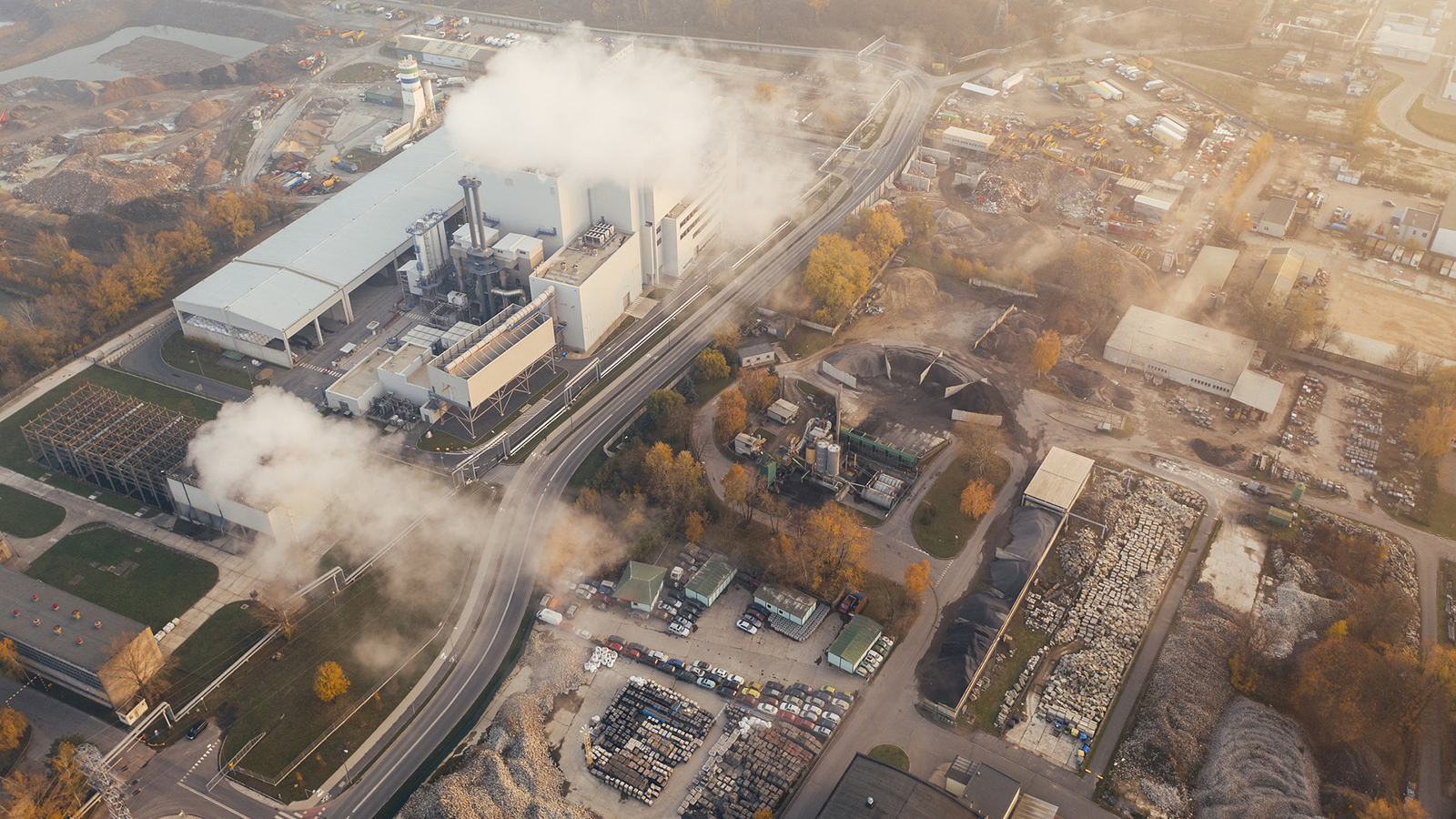The U.S. Environmental Protection Agency (EPA) issued its 2021 Toxic Release Inventory (TRI) data for the Mid-Atlantic Region, a recent news release from the agency said.
The release showed that gains were made in the environmental quality of the region.
Environmental releases of TRI chemicals from facilities across the U.S. covered by the program were below pre-pandemic levels, and 2021 releases were 10% lower than the releases in 2012, despite an 8% increase from 2020 to 2021; the release said. In 2021, facilities managed over 89% of their TRI chemical waste through practices such as recycling, energy recovery and treatment and released 11% of their TRI chemical waste into the environment.
“This TRI report clearly shows progress in reducing pollution in the Mid-Atlantic Region,” Adam Ortiz, EPA Mid-Atlantic Regional administrator, said in the release. "This data not only provides a clear picture of how toxic materials are being handled in our region, but more importantly it displays it displays the transparency our agency wants to have with our communities."
The report stated that facilities in the Mid-Atlantic reported managing 4.6 billion pounds of production-related waste and releasing 120.4 million pounds of TRI chemicals into the environment, with the electric utility sector and primary metal manufacturing sector driving the increase; the release said. In addition, the TRI National Analysis Sector Profiles included a plastic products manufacturing sector profile in addition to standard profiles for electric utilities, chemical manufacturing and metal mining.
The report also featured visual and analytical tools to make data more useful to communities, including the option to view data by region and watershed. Through existing programs and the Bipartisan Infrastructure Law, the EPA offers grant opportunities to local technical assistance providers to help in the prevention of pollution. Industry professionals can also look at TRI reporting on pollution prevention to learn about best practices implemented at facilities.
TRI reporting revealed a 45% decrease in ethylene oxide releases from 2012 to 2021, driven by a decrease in air emissions, the release said. Additionally, for the second time, the TRI National Analysis included reporting on perfluoroalkyl substances (PFAS) since the passage of the 2020 National Defense Authorization Act. Facilities reported the management of 1.3 million pounds of those chemicals as waste. That's an increase from the 800,000 pounds in 2020 and was largely due to reporting on one PFAS, perfluorooctyl iodide, which the EPA began requiring facilities to report in 2021.





